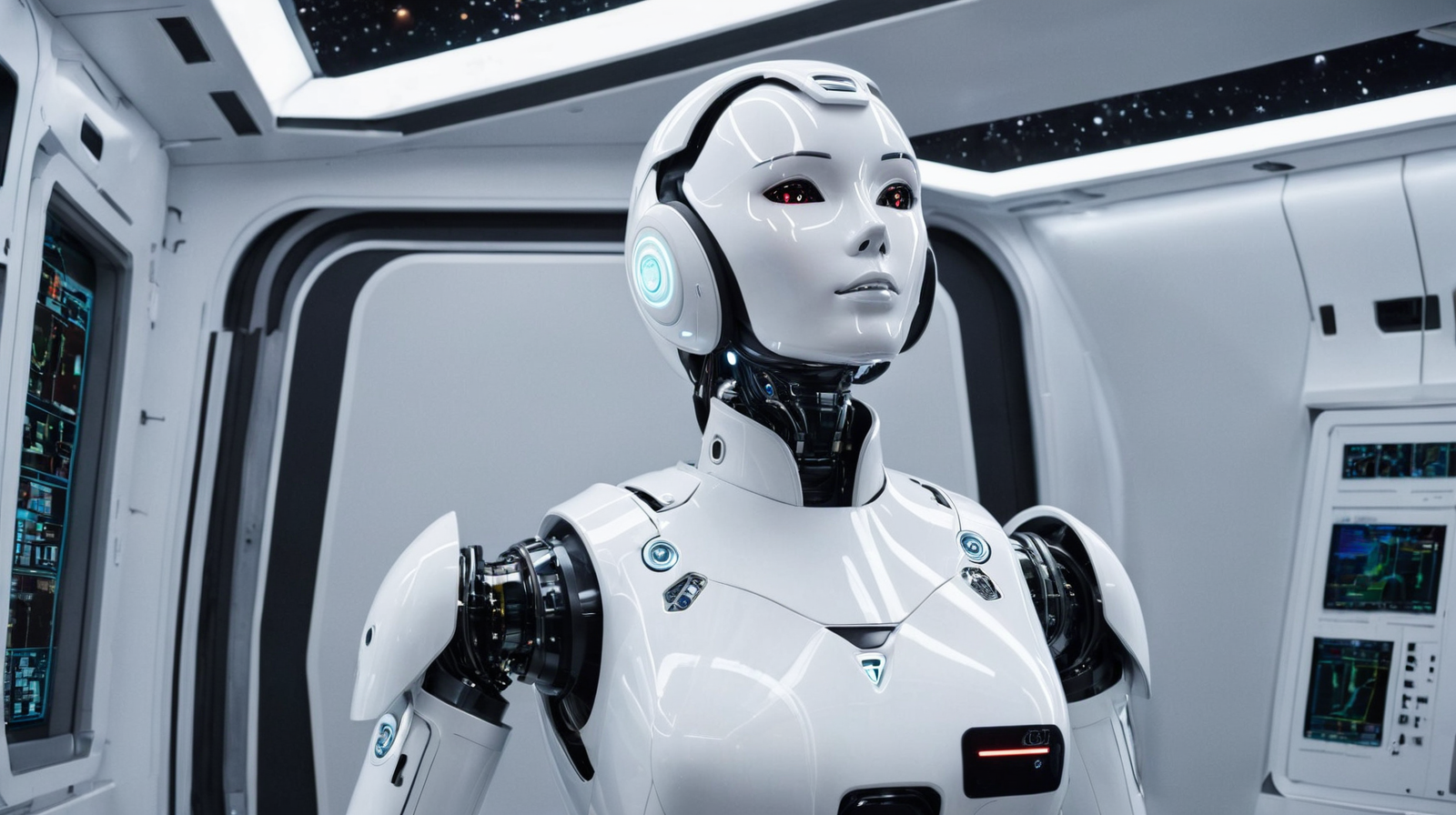Big things have small beginnings, and a miniature robot named MIRA is no exception. MIRA stands for miniaturized in vivo robotic assistant, and is the first surgical robot to be deployed on the International Space Station (ISS). Developed by Virtual Incision Corporation in partnership with NASA and the University of Nebraska, MIRA’s mission in space is to simulate remote-controlled surgery in zero gravity, a step that could revolutionize medical care in space and on distant worlds.
This development is particularly timely as humanity stands on the cusp of expanding its presence to the moon and Mars. NASA’s ambitious plans for a moon base by 2025 and subsequent human missions to Mars are part of a broader vision for the human race’s future, where the longevity of our species might increasingly depend on our ability to thrive beyond Earth.
Politics Aside, Longevity is Key
From a longevity biotechnology standpoint, the significance of MIRA and similar technologies extends far beyond their immediate applications and our worries about a failing planet and despotic political elite. Since the early 1900’s, robots in space have fascinated humans in both film and literature and many are eagerly awaiting the opportunities to joke with their own TARS. Although MIRA’s functionally less robust than TARS, her deployment in space represents another massive leap in modern space-age robotic assistance.
Additionally, longevity in space is notoriously difficult. Without mentioning the lack of oxygen and freezing temperatures, space radiation represents one of the greatest threats to astronaut’s health. As we know, cancer can arise from radiation, and the ability to perform surgery, or precisely inject cutting-edge anti-cancer therapies will definitely assist deep-space travel. Devices like MIRA are the first step in this process, and should be celebrated across the longevity ecosystem.
Earth and Beyond: A Dual Purpose
While the primary aim of deploying such technology in space is to support long-duration missions, the implications for Earth are equally profound. MIRA represents a stride towards making robotic-assisted surgery (RAS) more accessible and practical, even in remote and underserved regions of our planet. By proving its efficacy in the most extreme conditions, she is courageously paving the way for applications in enhancing and extending lives here on Earth.
A Vision for the Future
As we stand at the frontier of human exploration and longevity, the path forward is clear. The future of human health and lifespan may well depend on our ability to adapt and thrive in new worlds. Technologies like MIRA support this vision and highlight the interconnectedness of space exploration and biotechnological advancement in pursuing the age-old quest for a longer, healthier life.
The endeavors of NASA, Virtual Incision, and their partners underscore a collective commitment to pushing the boundaries of what’s possible, both technologically and in terms of human potential. As we look towards the moon, Mars, and beyond, it’s innovations like these that will secure our place in the cosmos, ensuring that the human race survives, forging a future where the longevity of humanity spans time and space.
Source:
Surgical robot developed by Nebraska engineers launches into space












